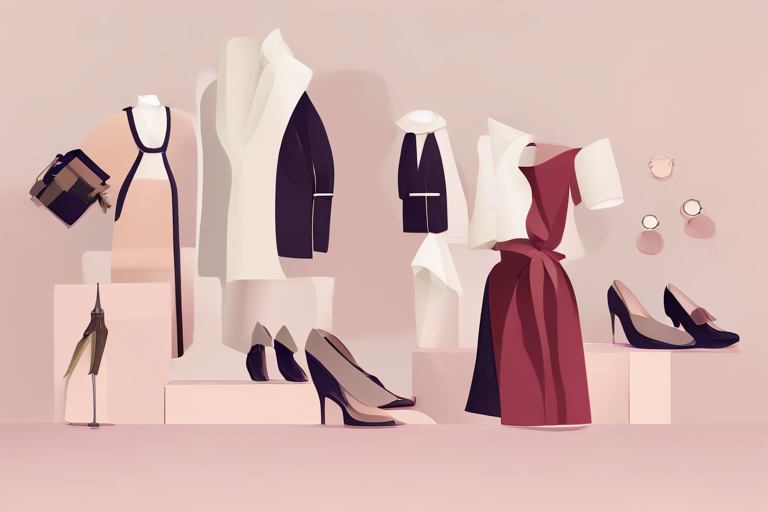[ad_1]
Skift Take
The “Hawaii of China” drew 26.8 million visitors in the first three months of the year partly thanks to its duty-free shopping and its strategic courting of foreign brands to its stores.
Representatives of over 3,000 brands, including Burberry and Estee Lauder, descended on China’s Hainan this week to show off their latest wares, hoping to cash in on a post-COVID consumer rebound that has kicked off on the island known for its duty-free shopping.
Around 300,000 people are expected to visit the China International Consumer Products Expo in Hainan between April 10-15 in what is seen as a comeback for the holiday destination, after it was badly hurt last year by China’s tough COVID-19 curbs, including a lengthy lockdown that stranded thousands of tourists there.
The province, known at home as the “Hawaii of China,” has since 2020 become a major shopping destination in the country as Beijing pushed its travel retail status. It especially boomed during COVID, attracting Chinese shoppers unable to travel abroad due to closed borders.
That has meant that while a rebound in consumption spending has remained sluggish in many parts of the country as the economy struggles to recover, it has started off strong in Hainan after China ended its zero-COVID policy in December: duty free sales on the island rose 20% over this year’s seven-day Spring Festival holiday period in January.
And China further plans to elevate its status: by 2025, it plans to make the whole island duty free, essentially expanding the 10% to 40% cheaper prices on goods from beauty, to alcohol and luxury products from 12 existing duty free malls to the entire province.
That has made high-end global consumer firms keen to attend the expo as a way of demonstrating their commitment to China, industry executives said.
“Last year here was kind of quiet but this year’s expo has been booming,” said Amy Imbriaco, general manager of Greater China for luggage and bag maker Tumi. Some 3,300 brands participated this year, versus 2,800 last year, organizers said.
LVMH, the world’s largest luxury company, reported a 17% rise in first-quarter sales, more than double analysts’ expectations, largely to due to pent-up China demand.
Comestic giants such as Japan’s Shiseido promoted products with exclusive packaging for the Hainan market while luxury car brands such as Bentley, Porsche and Ferrari showed off shiny high performance vehicles at the venue.
In the wine and spirits pavilion, makeshift bars were set up to provide taste tests of whiskey and wine, while Diageo offered soft serve Bailey’s-flavored ice cream.
“This year in particular we feel like every exhibitor is presenting new brands and products in order to capture the opportunity presented by China’s consumption recovery,” said Ella Yu, head of corporate communications for Japanese beauty conglomerate Shiseido in China.
($1 = 6.8677 Chinese yuan renminbi)
(Reporting by Casey Hall; Editing by Kim Coghill)
This article was written by Casey Hall from Reuters and was legally licensed through the Industry Dive Content Marketplace. Please direct all licensing questions to [email protected].
![]()
[ad_2]
Source link

